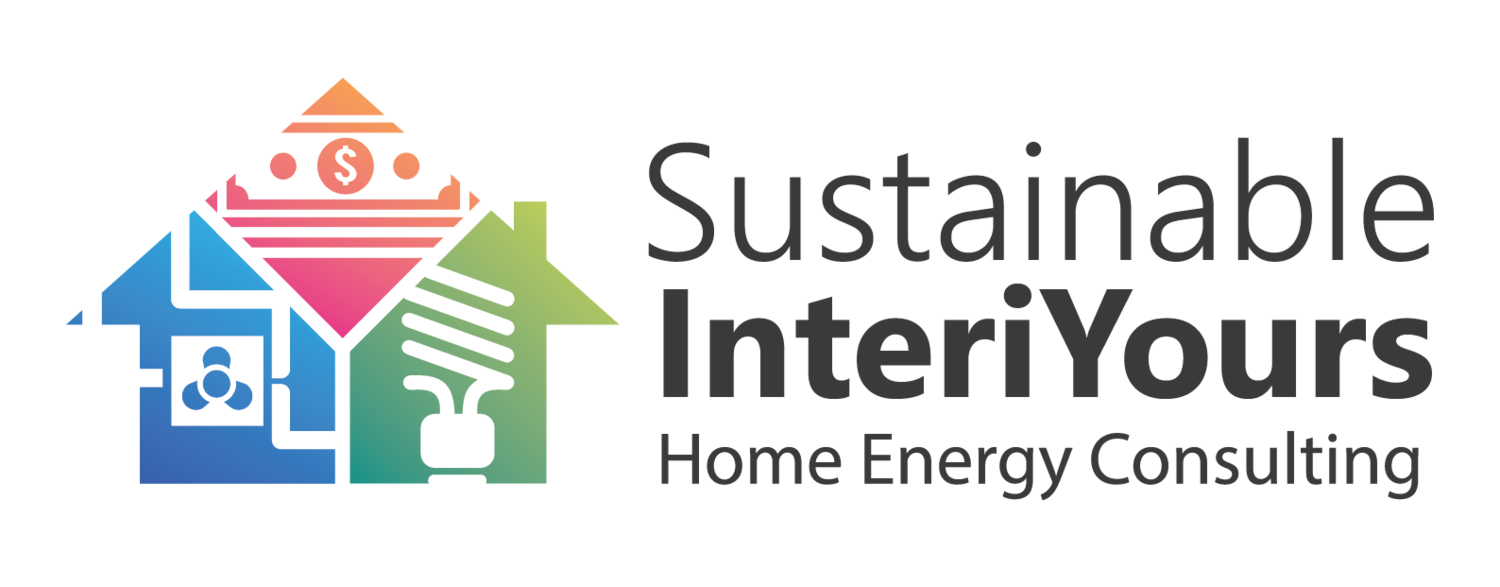What is the Most Energy Efficient Lighting System?
The average household spends 25% of their energy bill on their lighting system. Reducing energy consumption can be achieved through simple steps such as turning off lights when not in use or optimizing daylight use within the home. Smart use of the lighting system, however, starts at best with selecting the most energy-efficient lighting system. There are many types of lighting systems on the market. Each offers a different level of energy efficiency. When homeowners understand these differences, the importance of selecting the type of bulb to use for one’s home makes more sense.
Incandescent Bulbs
These are Thomas Edison’s designs, the first light bulbs created, and also the most used in homes. Because of its base price, incandescent bulbs seem to be the smartest option as they are very cheap. Incandescent bulbs, however, have a short working life, which means they need to be replaced more often. On average, an incandescent bulb has a lifespan of 750 – 1000 hours (approximately 6 – 8 hours.) – the lowest on the market. They are also power hogs, consuming 20 to 100 watts per hour or 2- 12 kilowatts per month.
Compact Fluorescent Lamps
With an average price of $2 apiece, compact fluorescent lamps (CFLs) are more expensive, costing 4 times more than incandescent lamps. However, they are more energy-efficient. They use only 25% of the energy to produce the same amount of light produced by incandescent bulbs. That means that a household that paid a monthly bill of $100 would have saved $75 if they used compact fluorescent lamps at home.
CFLs also last 6 to 10 times longer. A compact fluorescent lamp can provide 4 to 7 years of light. Putting this perspective, it appears then that CFLs’ introductory price is just half the cost of incandescent bulbs. To ensure a compact fluorescent lamp reaches its full lifespan, users should avoid switching it on/off frequently. On the other hand, if one will not use a room for more than 10 minutes, consider turning the lamp off. CFLs, however, contain mercury, which makes their disposal a challenge.
Light-emitting Diode (LED) Bulbs
LED lamps are the most expensive, but they are also the most energy-saving lighting option using 15% of the energy of an incandescent bulb to provide similar light output. They also last the longest, 25 times longer than incandescent bulbs. Some even have a lifespan of 50,000 hours. They also don’t contain mercury, which makes them safe to dispose of. Clearly, the most energy-efficient lighting option is LED lamps. The most significant barrier to mass adoption of LEDs now is the price. This has been slowing coming down over the years for bare bulbs, but smart versions of LED lamps continue to keep the prices high.
Want to know how much your home could save by switching all of your lighting over to LEDs, how about upgrading your HVAC system, or your water fixtures? Fill out our $99 Online Energy Audit and get your Home Energy Savings Report today! Let Sustainable InteriYours guide you to finding the best way for you to save money on your electric bill.

